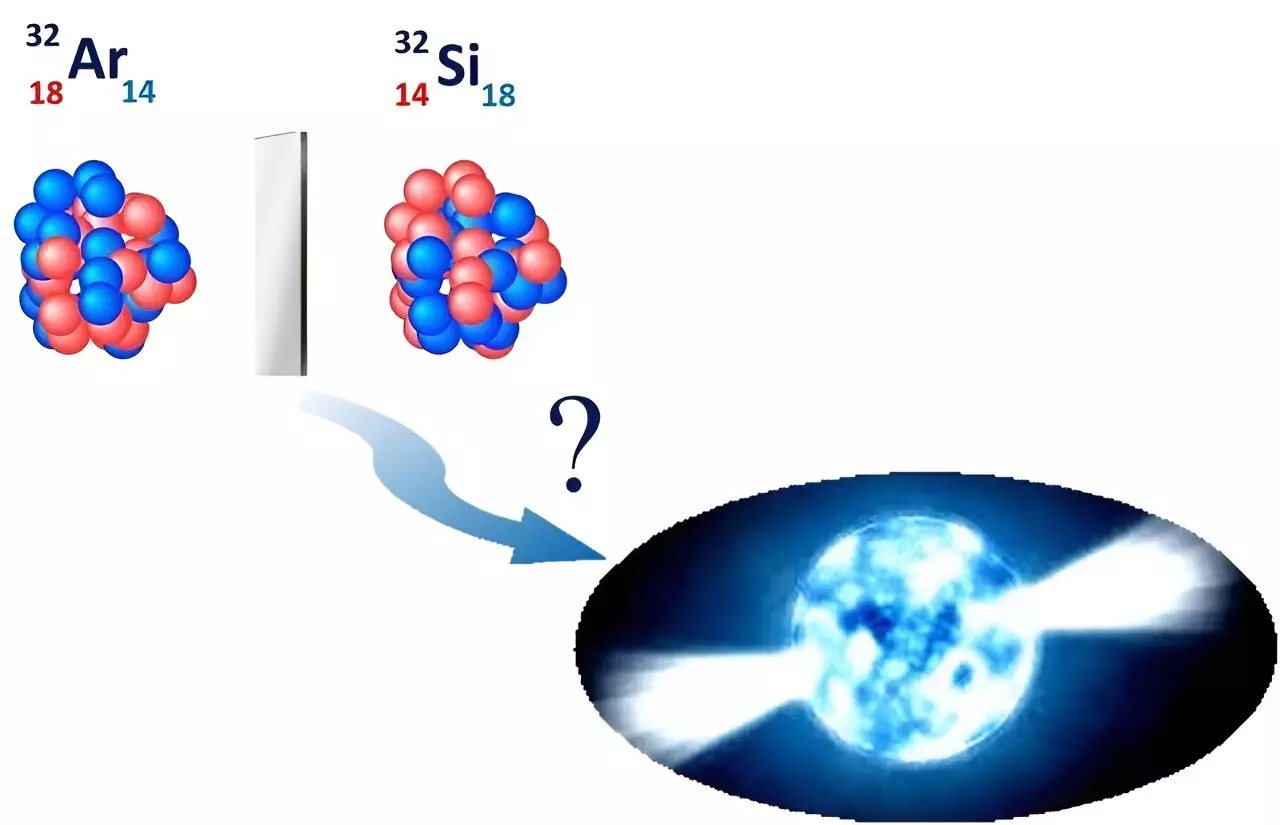Measuring the size of atomic nuclei is crucial in understanding the physics of isotopes and their components. Recent research has focused on using laser-assisted measurements to determine the nuclear radii of various silicon isotopes, shedding light on important astrophysical variables.
The Study of Nuclear Radius
In a recent study, researchers conducted precision measurements of the nuclear radii of stable silicon isotopes such as silicon-28, silicon-29, and silicon-30. Additionally, the researchers measured the radius of the unstable silicon-32 nucleus, comparing it to its mirror nucleus, argon-32. This comparison allowed them to set limits on variables that are essential in describing astrophysical objects like neutron stars.
Challenges in Nuclear Theory
Despite advancements in nuclear theory, scientists continue to face challenges in fully understanding nuclei. One major obstacle is connecting the description of nuclear size with the underlying theory of the strong nuclear force. Furthermore, there is uncertainty regarding whether theories describing finite atomic nuclei can accurately represent nuclear matter under extreme conditions found in neutron stars.
Precision measurements of charge radii, obtained through laser spectroscopy of atomic isotope shifts, play a crucial role in addressing these open questions. By measuring the nuclear radius of different silicon isotopes at research facilities like the BEam COoler and LAser spectroscopy facility (BECOLA) at the Facility for Rare Isotope Beams (FRIB) at Michigan State University, researchers can establish benchmarks for the development of nuclear theory.
The difference in charge radii between the silicon-32 nucleus and its mirror nucleus, argon-32, provides valuable insights into the properties of dense neutron matter within neutron stars. These findings not only align with constraints from gravitational wave observations but also complement other observable phenomena in astrophysics.
Nuclear radius measurements are vital for advancing our understanding of nuclear physics and astrophysical phenomena. By utilizing laser-assisted techniques and conducting precise measurements of isotopes, researchers can continue to unravel the mysteries surrounding atomic nuclei and their components. This ongoing research is crucial in shaping the future of nuclear theory and its applications in astrophysics.


Leave a Reply